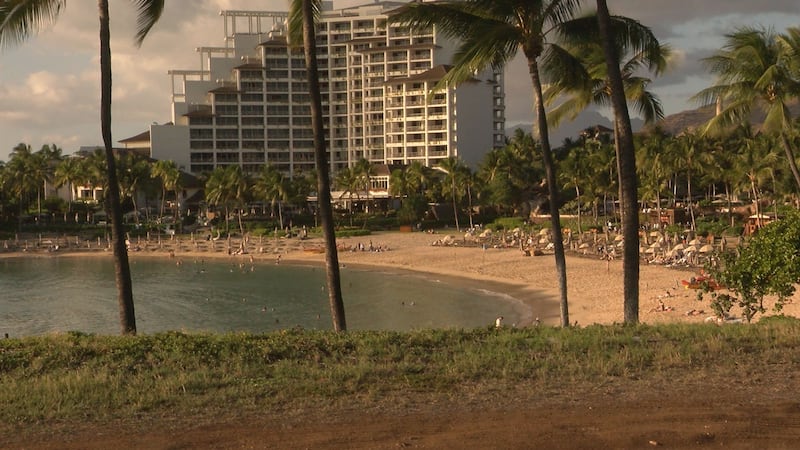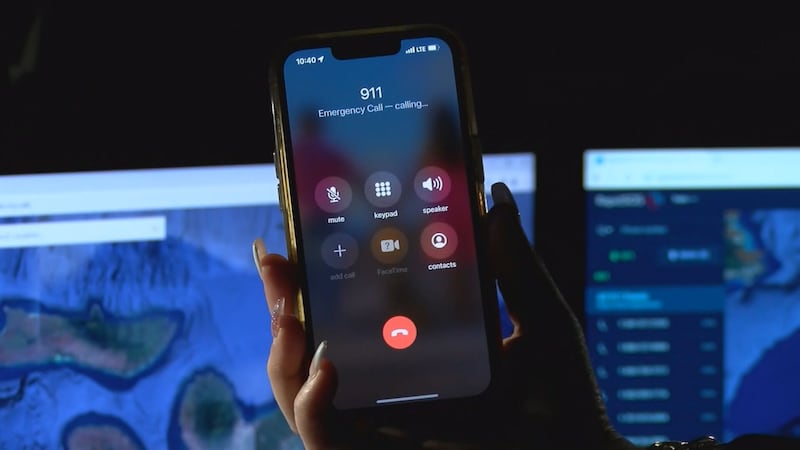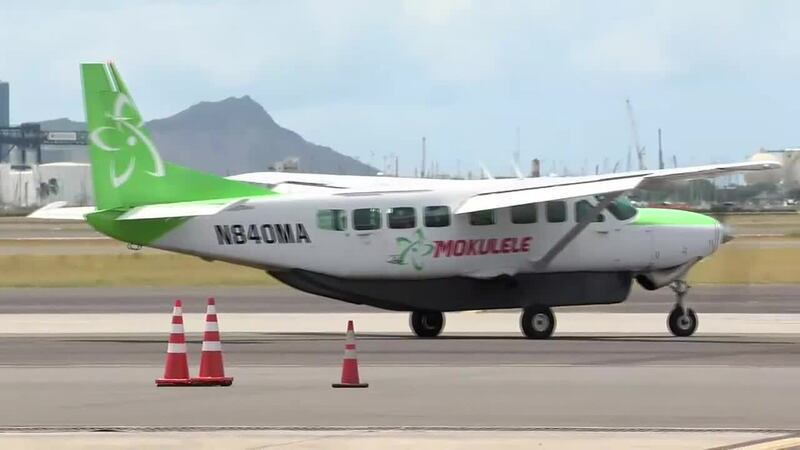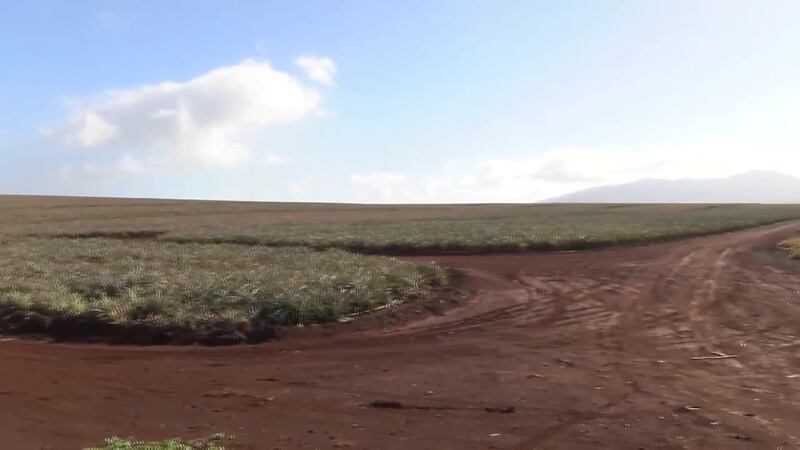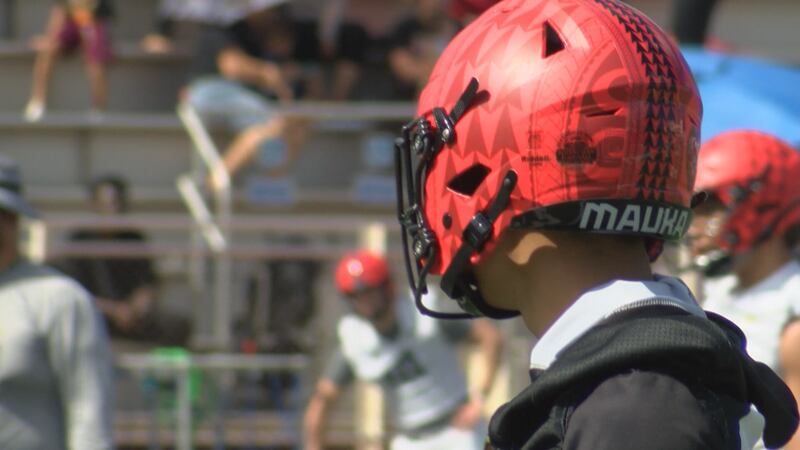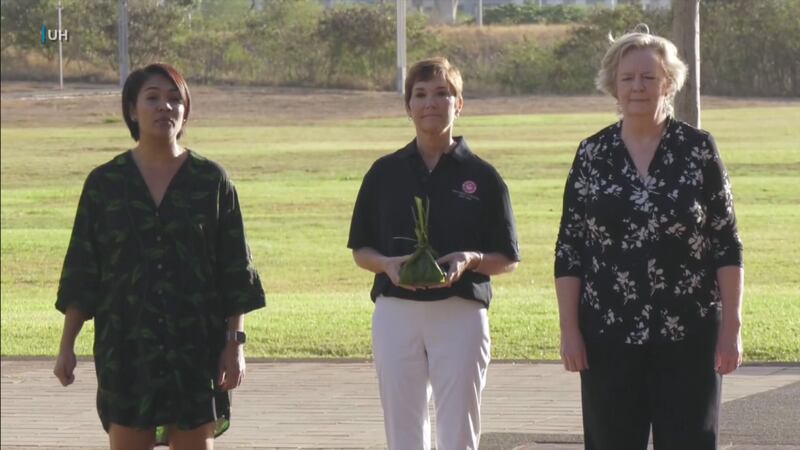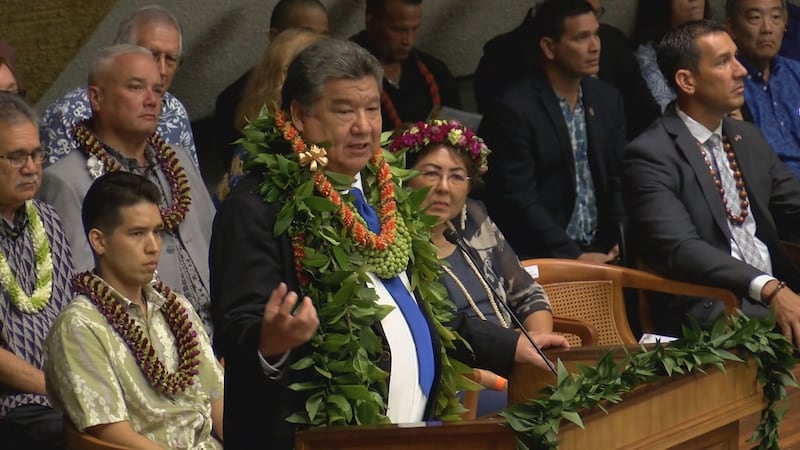USGS: Kilauea’s eruptive activity may continue to pause and resume for some time
HONOLULU (HawaiiNewsNow) - Kilauea is erupting again and eruptive activity may continue to pause and resume for the time being, according to the U.S. Geological Survey Hawaiian Volcano Observatory in an update on Friday.
“This history of activity, along with continued summit inflation, suggests that eruptive activity may continue to pause and resume in the coming days or weeks,” scientists said.
While it’s unclear exactly how long the eruption will last, USGS HVO said previous eruptions within Kilauea’s summit crater lasted from less than one week to more than year in duration.
Kilauea began erupting in Halemaumau Crater around 2:20 a.m. Monday, Dec. 23, then it paused around 4 p.m. later that day. The eruption then resumed just before 11 a.m. on Christmas Day, lasting for a little over 24 hours before pausing again.
Scientists said lava fountains reached heights of nearly 300 feet (91 meters) and lava flows covered more than 650 acres (2.6 square kilometers) during both eruptions.
When both eruptions paused, lava could be seen draining back into the vents that it came out from.
“Both episodes ended abruptly and were followed by the draining of molten lava back into eruptive vents, along with changes in summit tilt from deflation to inflation,” USGS said. “Lava becomes denser as it degasses during eruption. Denser, degassed lava can then sink back down into inactive vents like water down a drain.”
The eruption resumed for the third time around 5:45 p.m. on Thursday and is still ongoing.
For scientists, Kilauea’s eruption at the summit caldera is fascinating because this is the first time in 50 years that Kilauea erupted in three different areas in the same year.
“This is the third eruption of Kilauea in 2024. It’s noteworthy that these three eruptions occurred in different parts of the volcano. The June 3 eruption occurred southwest of Kaluapele. The September 15-20 eruption occurred on the East Rift Zone. And now this eruption is occurring within Kaluapele,” USGS said.
Geologists said this year’s eruptions tell us about “magma migration and storage.” Even though magma accumulated along both the southwest rift zone and east rift zone earlier this year, magma made its way to Halemaumau Crater, triggering the abrupt eruption on Dec. 23.
Currently, the volcano alert level is at “advisory.”
USGS added that their team is continuing to closely monitor Kilauea and is in contact with Hawaii Volcanoes National Park and the Hawaii County Civil Defense Agency.
View a live camera of Kilauea by clicking here.
PREVIOUS COVERAGE
Copyright 2024 Hawaii News Now. All rights reserved.

